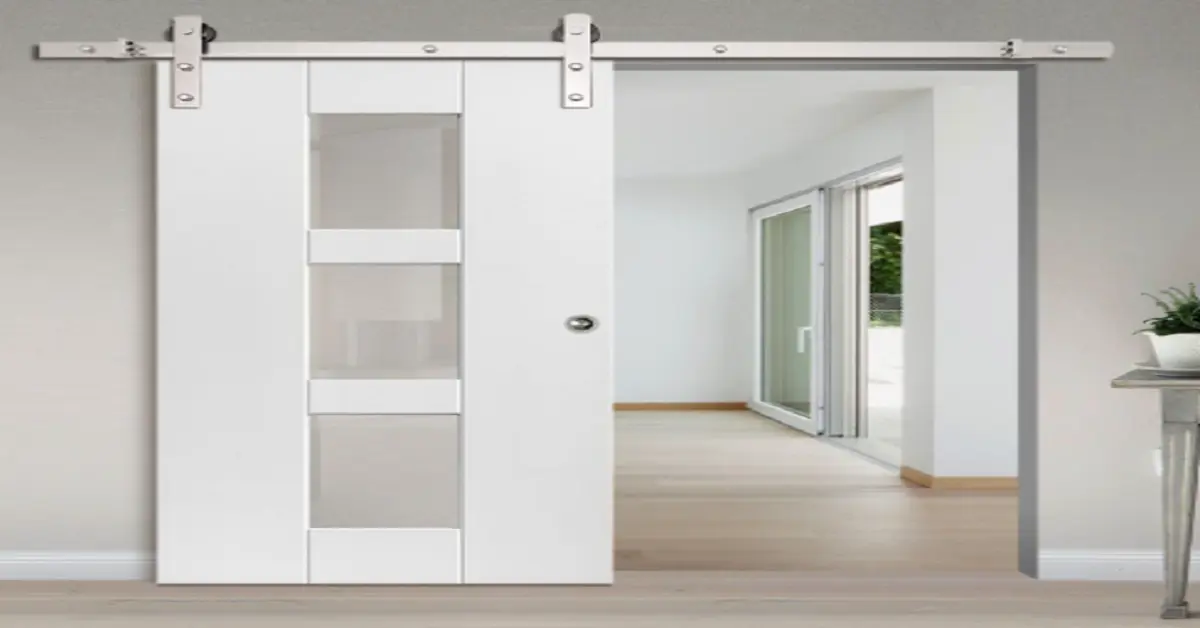Sliding Doors in the Interior: Making Stylish and Modern Choices with Interior Designer in London

Sliding doors have become a staple in modern architecture and interior design. They are not only functional but also add aesthetic value to any space. In metropolitan areas such as London, where space is a premium, the role of sliding doors becomes even more pivotal. As an Interior Designer in London, one needs to understand the nuances of incorporating these elements into various styles while ensuring they blend seamlessly into the intended decor.
The Modern Appeal of Sliding Doors
The appeal of sliding doors in contemporary design cannot be overstated. These doors offer a sleek and minimalistic look that can make any room appear larger and more open. For any Interior Designer in London, utilizing sliding doors in projects is a brilliant way to achieve a modern vibe. They are particularly effective in urban apartments where every square inch counts. By allowing for a seamless transition between spaces, sliding doors enhance the functionality without sacrificing style.
Material Matters
Choosing the right material is crucial when integrating sliding doors into an interior design scheme. An Interior Designer in London would typically opt for materials that not only reflect the contemporary nature of the city but also cater to the practical needs of the residents. Glass sliding doors, for instance, are incredibly popular as they promote natural light flow and create a sense of openness. Wood or metal framed sliding doors, on the other hand, can be used to add a touch of warmth or industrial chic.
Styles that Complement Sliding Doors
When it comes to styling with sliding doors, there are several directions an Interior Designer in London can take. Here are a few styles that work exceptionally well:
Scandinavian Simplicity: This style is all about minimalism and functionality. Sliding doors in a light wood finish or in white can complement the clean lines and neutral color palette typical of Scandinavian interiors.
Industrial Edge: For a more dramatic and edgy look, an Interior Designer in London might incorporate metal sliding doors with exposed hardware. This style complements exposed brick walls and metal fixtures, characteristic of industrial-themed spaces.
Japanese Minimalism: Inspired by traditional Japanese architecture, sliding doors can be designed to resemble shoji screens. This style suits serene, minimalist interiors where every element is carefully considered and purposeful.
Integrating Sliding Doors with Existing Decor
An Interior Designer in London must also consider how sliding doors will fit into the existing architectural elements. Whether it’s a Victorian townhouse or a modern loft, sliding doors should complement the building’s character. For historic homes, one might consider custom wooden sliding doors that echo the period details. In newer constructions, minimalistic glass doors would not only fit well but also enhance the modern qualities of the space.
Functional and Stylish Configurations
The configuration of sliding doors is another aspect that an Interior Designer in London needs to address strategically. Options include pocket doors, which disappear into a compartment in the adjacent wall, or wall slide doors, which move along a track mounted on the wall. Each option has its benefits depending on the space and functionality required. Pocket doors are great for creating a clean, unobtrusive look, while wall slide doors can be a design feature in themselves, especially when using ornate door panels.

Blending Technology with Design
Today, as technology advances, so does the functionality of sliding doors. An Interior Designer in London can now integrate automated sliding door systems into homes, which add a level of convenience and modernity. These systems can be controlled via smartphone, making them a perfect addition to smart homes. Additionally, integrating energy-efficient properties, such as thermal insulation and UV protection, will appeal to environmentally conscious clients.
Overcoming Design Challenges
While sliding doors offer many benefits, they come with their own set of design challenges. Privacy issues, especially with glass doors, sound insulation, and the potential for mechanical failures are some concerns an Interior Designer in London might need to address. Using frosted or smart glass that can turn opaque can resolve privacy issues, while high-quality soundproofing materials can enhance the acoustic performance of the rooms.
Personalization and Final Touches
Finally, personalization plays a significant role in the integration of sliding doors. An Interior Designer in London should consider the client’s personal style and the overall design narrative of the home. Custom handles, unique color finishes, and even personalized glass etching can turn a simple sliding door into a statement piece.
In conclusion, sliding doors are a versatile and stylish component in modern interior design, especially in cities like London where space and functionality are crucial. An Interior Designer in London adept at utilizing this feature can significantly enhance both the aesthetic and practical aspects of a space. By carefully selecting materials, styles, and configurations, and by addressing any potential challenges, sliding doors can be transformed from simple architectural elements into integral parts of a home’s design story.
Read More: ITE Nexar
[…] is a popular choice in interior design for creating a sense of space and light. It reflects light well, making rooms appear larger and […]
[…] delves into the concept behind this intriguing phrase, explores the significance of clipart in modern design, and provides insights into creating and using clipart for optimal […]
[…] Modern engagement rings are defined by their unique designs that break away from the conventional. They often feature clean lines, geometric shapes, and a minimalist approach that emphasizes the beauty of the stone and the metal without excessive adornment. For couples in Bristol, these rings represent a personal statement that aligns with their modern lifestyle and fashion-forward sensibilities. […]
[…] high-performance sports car, became a symbol of success. The Lamborghini Countach, with its angular design and scissor doors, was the poster child for exotic cars. cool:urriytflh98= […]